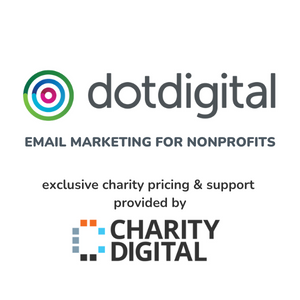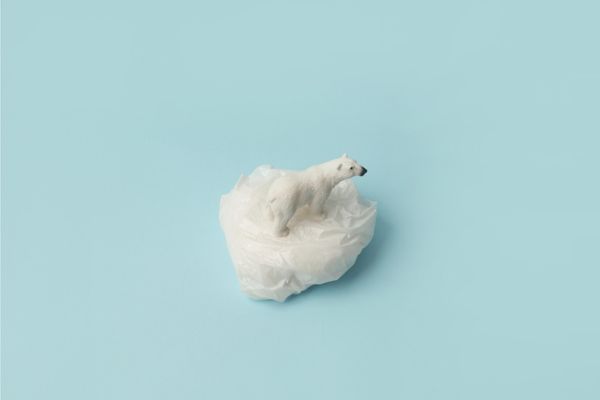Insights
INSIGHTS
All Topics
My Account
Why good stewardship is so important
22 Sep 2022by kirsty marrins
Good stewardship is worth investing in. Here’s some tips on how charities can provide a good supporter experience to their donors
‘Stewardship’ is not a new term. It has become more popular over the years, however, with whole teams in charities dedicated to supporter experience and journeys.
Whether you have someone dedicated to good stewardship in your organisation, or not, it is something that every fundraiser should practice.
What does ‘stewardship’ mean?
Stewardship is the cultivation journey you take a supporter on after they’ve given or shown their support to the charity in some way.
“It involves building a relationship with the supporter, demonstrating the impact of their support, understanding their motivations and needs, and communicating with them in a way that they find engaging.” says Rosie Short, Supporter Experience and Journeys Manager at Great Ormond Street Hospital Children’s Charity (GOSH Charity).
All of this helps to deepen their loyalty to the charity. “In essence, stewardship is the way we take care of our supporters, giving them the best experience possible so that they feel empowered to do more for the cause,” says Rosie.
Good stewardship makes business sense
Why should charities invest in good stewardship? Firstly, supporters deserve a good experience. After all, they have committed time and/or money to help you deliver your mission.
Apart from wanting to give donors and supporters the best possible experience of your charity because they deserve it, it makes good business sense too.
By giving supporters a great experience, and demonstrating how their support has had an impact, they are more likely to continue to donate and fundraise for your cause. It is more cost-effective to retain a supporter than to find new supporters.
Although the cost of acquiring new donors can vary, most research indicates that it costs around five times more to find new donors than to keep the donors you already have.
Of course charities need to grow their donor base, but they need to also invest in not only retaining their existing supporters but deepening that relationship with them.
The London Marathon runner of today could become a legacy giver in forty years’ time if you cultivate that relationship over the years.
What good stewardship looks like
Good stewardship is really about good communication. It should be a mix of communications and activities.
It’s about thanking donors and supporters in a personalised way – making them feel recognised and special. Ways that you could show your appreciation could be by calling the donor, sending a card or making a personalised ‘thank you’ video for them.
It’s about keeping them up to date with what their support has achieved – especially if they were fundraising or donating to something specific, such as a new building or a programme. Build in a journey for these supporters, where you share milestones.
Where possible, bring your donors together to celebrate an achievement. This could be hosting a ‘thank you’ event for a corporate who has fundraised for you over the year or years. It could be to celebrate your amazing volunteers or a group of major donors.
Good stewardship is making sure that once someone donates, it’s not simply a transaction but the start of a relationship with your cause.
Tips for good stewardship
Keep supporters up to date
When someone donates or fundraises for your charity, they want to know what their money is being spent on. Not only is it important to say ‘thank you’ as soon as possible, it’s really important to keep them up to date on how their support has, and continues to make a difference. “Make the supporter feel valued by demonstrating the impact of their support,’’ says Rosie.
Personalise your communications
The golden rule of communications is to make the reader feel like you are speaking directly to them, and not to a ‘database’. Personalise your communications to them by using what you know about the supporter, in order to create tailored content that will appeal to them. As Rosie says, “When it comes to stewardship, one size does not fit all.”
Meet a supporter where they spend their time
Think about how you’ll reach your supporters, whether this be on digital platforms, over email, via the phone or even over a coffee. Make sure your stewardship channels reflect those the supporter is using.
Understand their motivation
What motivates the supporter? As a fundraiser, it’s your job to find that out, as well as to establish what they want to get out of their relationship with the charity. “Remember this relationship is about what the supporter wants to achieve, our job is to enable this and to inspire them to go the extra mile.”, says Rosie.
Be adaptable
Your supporter base will be constantly changing – how they give, what they like doing, the social platforms they use, their values etc. Therefore, stewardship journeys also need to change to keep up with your ever evolving supporters. Rosie recommends that you factor in being adaptable and flexible when it comes to good stewardship.
More on this topic
Related Content
Recommended Products
03 Jan 2025by Ioan Marc Jones
Climate change facts you need to know in 2025
03 Jan 2025by Ioan Marc Jones
An A-Z glossary of climate change terms and definitions
Our Events
Charity Digital Academy
Our courses aim, in just three hours, to enhance soft skills and hard skills, boost your knowledge of finance and artificial intelligence, and supercharge your digital capabilities. Check out some of the incredible options by clicking here.























